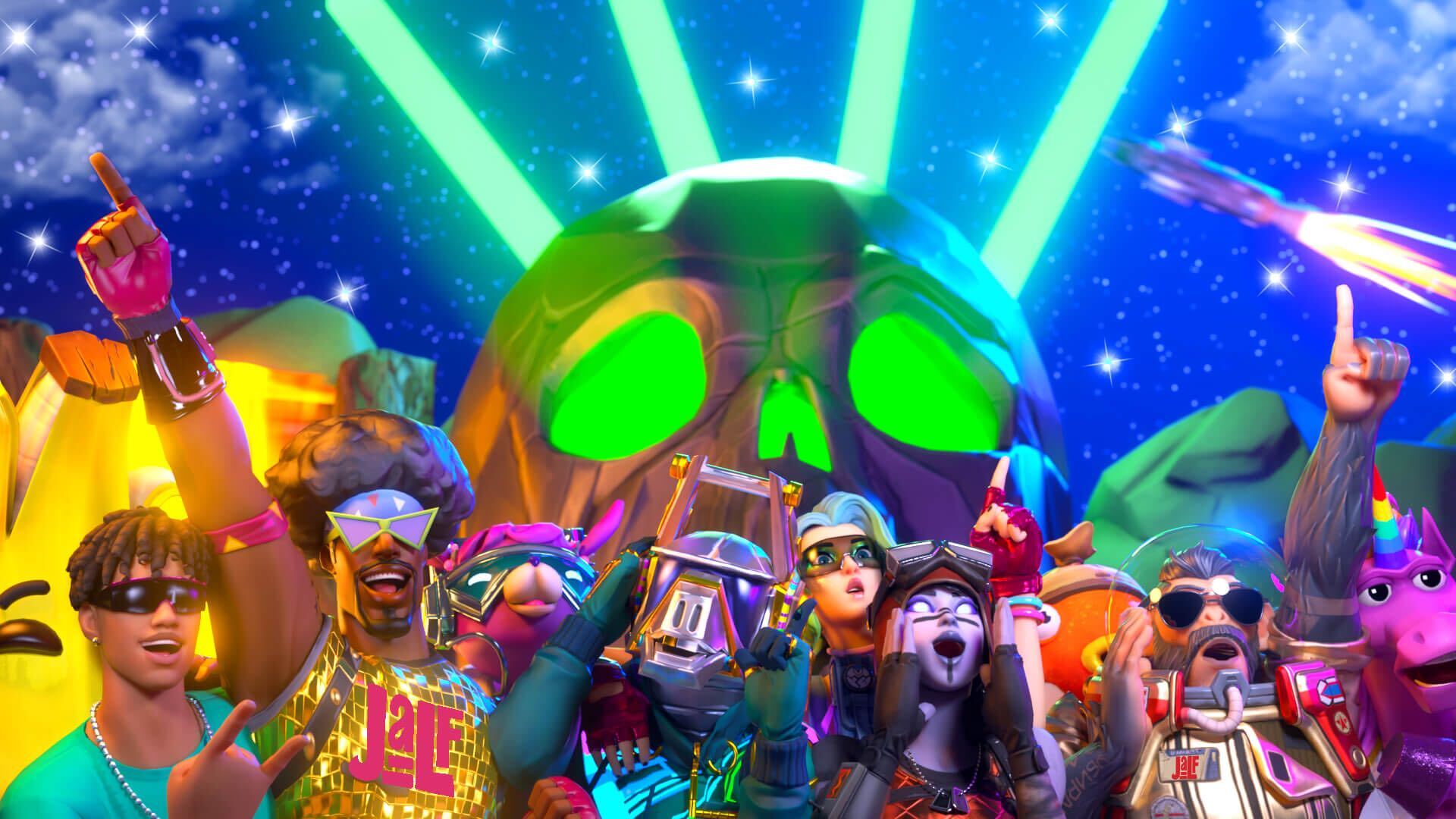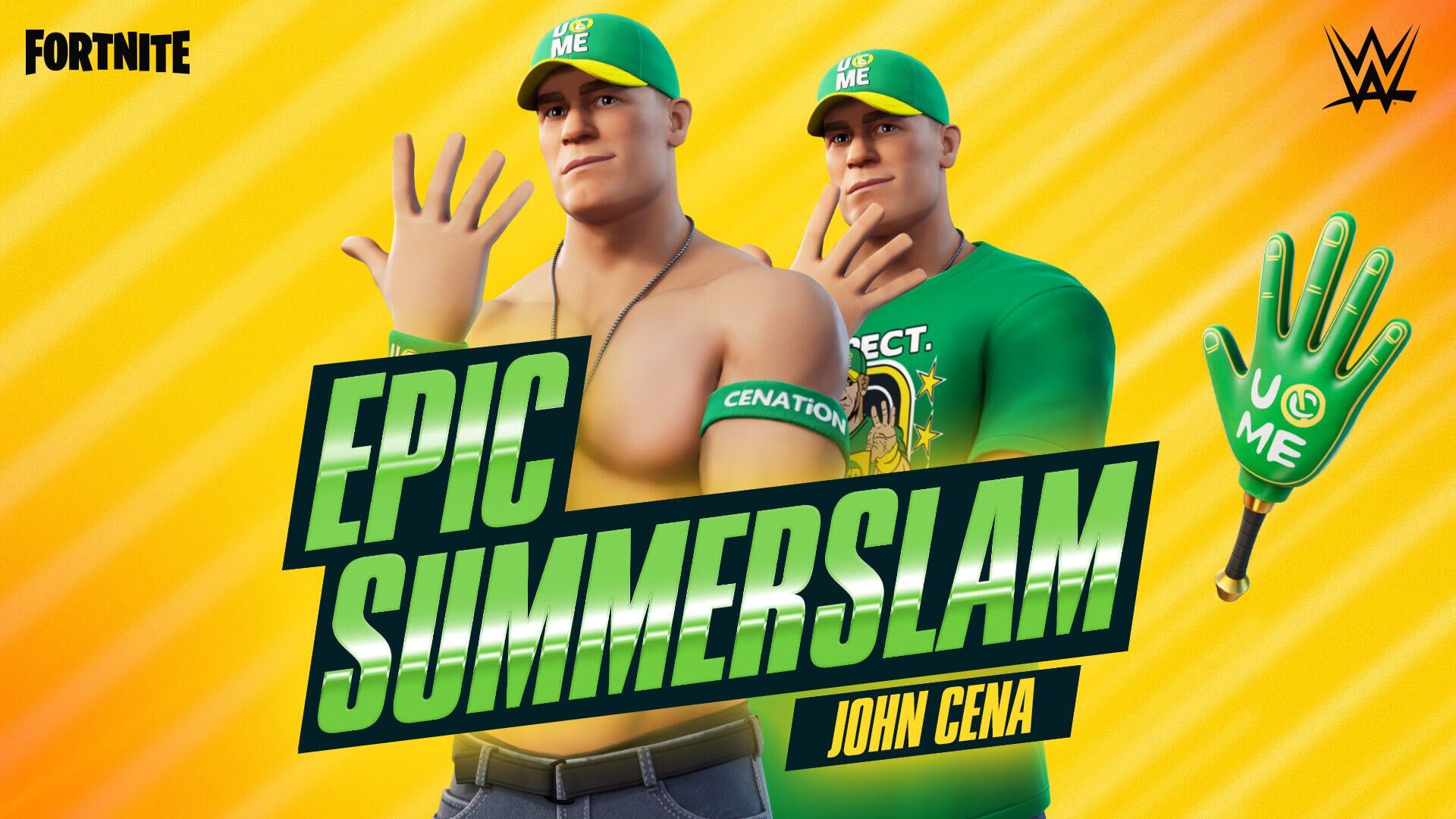A few years back, in a bid to explain Fortnite’s unexplainable world, Epic Games came up with the term “Snapshot” to describe, in-universe, why its battle royale matches can feature multiple people playing as the same Fortnite character, or why seemingly singular characters available in Fortnite – like Peely the banana, or The Rock, or Wolverine – can reappear under different guises.
What is a Snapshot? Why is it a Snapshot? Dear reader, these are questions for another time. But the general term, at least, has stuck with me as I try to sum up what Fortnite was, and is, and will be. If you’d asked me five years ago today, I’d say it was a distinctly average PVE base building shooter – and the first time Eurogamer ever really covered Fortnite in detail was a preview of this now long-sidelined mode.
If you’d asked me four years ago, as Fortnite’s quickly-thrown-together battle royale was blowing up and footballers were doing its dances in World Cup matches, I’d say it was probably The Next Big Thing. Three years ago? Fortnite was established as a phenomenon, an industry-leading showcase of engine mastery and live service development that could pull off in-game stunts like no other. Want to blow up bits of the map in real-time with a giant volcano? No problem. Stage a giant monster versus mech fight and invite everyone in to see it live? You got it.
Two years ago? I remember Epic Games’ Donald Mustard on stage at The Game Awards in December 2019, pre-empting the majority of the industry by proclaiming Fortnite as a metaverse. It would grow into a place where all kinds of IPs and experiences could interact, he said, ahead of a year which saw Fortnite fill itself with an eye-catching Travis Scott concert series and a season fully devoted to Marvel. And it’s from here, really, where I feel like the game’s momentum is still rolling.


Now, don’t get me wrong, Fortnite remains one of the biggest games in the world, and the past 12 months have shown exactly why. Compare where Fortnite is today with a year ago and I could name a dozen changes off the top of my head: a vastly-improved movement system, a brilliant new Chapter 3 map, countless gameplay additions such as rideable animals, regular weekly voiced missions with big names behind the microphone, and perhaps most startling of all, the recently-launched Zero Build mode where Epic ditched one of Fortnite’s original core mechanics to the delight of many.
Currently we’re in the back half of a very chilled summer season, clearly designed as something of a break in narrative following this spring’s momentous in-game war that brought years of narrative to a head. Boogie Bombs are back, which is nice. There are challenges to rebuild Tilted Towers, join in with the Island’s summer parties, and also investigate that enormous reality-warping tree which is spreading tendril-like roots all over the map and is not ominous at all in the slightest. Even in peacetime, the next on-Island drama never seems very far away.

But I’m more excited for what Fortnite will be in the near future, as Epic continues to evolve this game, or platform, or metaverse (sorry) we currently know as Fortnite into something else entirely. The next big step? It’s all about improving Fortnite’s user-created modes, which have been given massively-increased prominence over the past year or so. Epic boss Tim Sweeney recently revealed that user-created playtime now sits 50-50 with Fortnite’s own offerings, such as its core battle royale playlists, and all are now given equal billing in its menus. The long-awaited arrival of Unreal Editor in Fortnite will grant creators almost equal development power with Epic, alongside access to the game’s vast audience and marketplace, and likely leave Fortnite’s current crop of user-made mini-games and modes in the dust. Already it seems possible that, in a few more years, Fortnite’s mighty battle royale mode will become just another component.
So, what is Fortnite today? I can really only give you a snapshot. On the surface, it’s a fun battle royale shooter, a user-created content platform, and a place where Peely the banana and Darth Vader and Batman can all appear on screen at the same time. But more than anything, I think, it remains a work in progress. When I look back over how Fortnite has evolved over the years, I’m reminded of how much has changed and how much Epic Games has been willing to change – indicative, I think, of a game which cheerfully kept its “beta version” tag for more than two years. It is the accumulated virtual creation of thousands of Epic employees with decades of engine experience and years of experimentation. It is the power of a laundry list of brand deals in a pop culture-obsessed era where crossovers remain king. And it is a game which still keeps an audience of millions, fuelling it all with their funds and free time. That’s Fortnite, for now anyway. Ask me again in six months.
This piece is part of our State of the Game series, where we check in on some of the biggest service games running to see how they’re getting on. You can find plenty more pieces like it in our State of the Game hub.
Be the first to comment